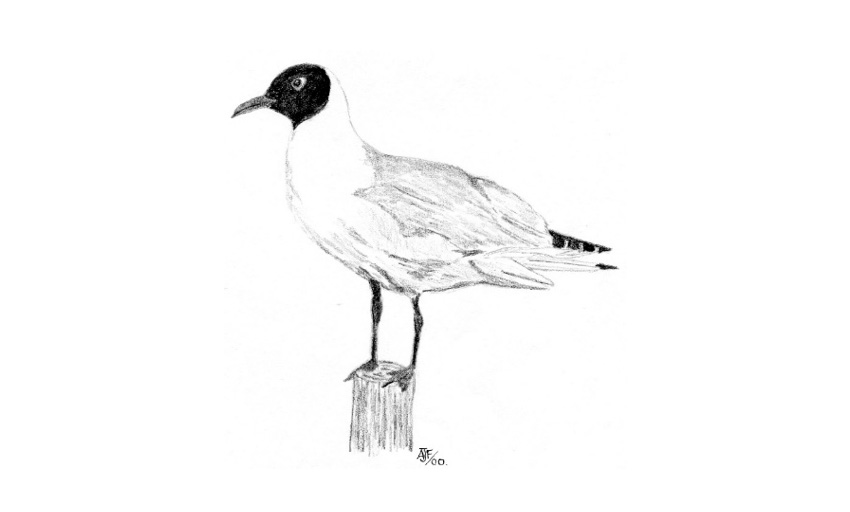Abundant winter visitor, passage migrant and, increasingly regular summer visitor.

Large flocks are seen in winter passing over and, on playing fields, grass verges, and at Fairlands Valley and Lakes. 300 were seen flying south-east over Astonbury on 17 December 1978, 685 were recorded at Fairlands Valley Park in January 2009, 913 were recorded flying over Stevenage in mid-September 2020 and 1000 were at Fairlands Valley Park on 18 December 2020.
The first record from Fairlands Valley Lakes is a flock of 100, including Common Gulls (Larus canius) that spent all winter there in 1972.
Since 2009 small numbers have been seen throughout the summer, with a large flock of c.600 seen passing over on 28 August 2020. During September and October passage increases and many birds that pass through and arrive at that time are from Scandinavia, the Baltic and the Low Countries.
Ten ringed birds have been seen at Fairlands Valley Lakes:
One on 27 December 2017 and again on 29 October 2021 had been ringed X5T3 as an adult on 28 May 2016 on the island of Riether Werder, northeast Germany.
One seen on 29 June 2020 had been ringed, 2C23, as a nestling at Fishers Green, Essex on 22 June 2019.
One first seen on 31 August 2021 and twice during September 2021 that had been ringed E8Y4 as a nestling on the island of Terschelling, Netherlands on 7 July 2021 was seen again on 21 August 2023 and 31 October 2025.
One ringed, 2A53, at Fishers Green, Essex on 4 July 2017 seen on 12 July 2022.
One ringed, T5JU, as a nestling at Michalowo, Poland (c.1600km from Fairlands Valley Lakes) in June 2019 seen on 30 October 2022.
One ringed 253A as a five-calendar bird at Centre Parcs, Nottingham was seen on 2 January 2023.
One ringed 2FNV as a second calendar year bird at Pitsea Landfill Site, Essex on 6 December 2014 was seen on 10 July 2023.
One bird ringed E8VL was seen on 21 August 2023.
One ringed AB058 in Belarus on 23 May 2024 was seen in October 2024.
One ringed 2F01 at Southend was seen in October 2024.
The 2012 Winter Atlas confirmed their presence from all 11 of the tetrads covering Stevenage.
